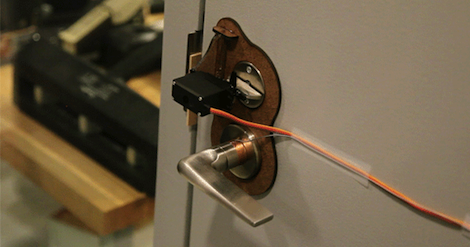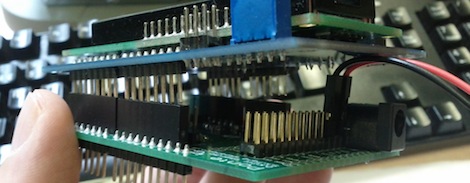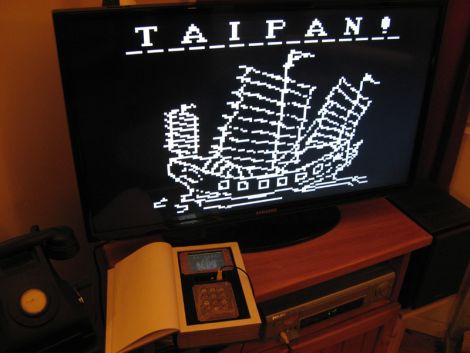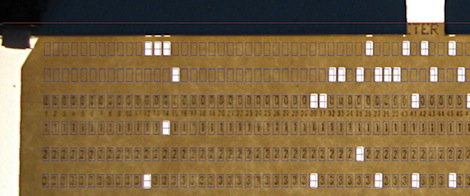
What better way to watch the Olympics than having a robot pour you a shot every time the United States wins a medal? The folks behind SmartThings did just that, by creating a machine that pours some liquor for each American Olympic win.
From the behind the scenes video, we see the entire build is controlled by an Arduino with an XBee shield. The XBee is connected to a simple iPhone app where the current user watching the Olympics can select which medal the US won. Bronze dispenses a shot of Jack Daniels, Silver is a shot of Jose Cuervo, and Gold means someone in the room is getting a shot of Goldschläger.
Even though the build revolves around the SmartThings framework, we’re not really quite sure what this framework is. From the Facebook page (the best source of info for SmartThings, at least until they launch), it looks to be a piece of hardware that serves as an Internet to XBee bridge, along with a framework for easily whipping up a mobile app.
Whatever SmartThings is, it’s still a very cool build.
Continue reading “Olympic Shot Machine Pours One Out For Every US Medal”
















